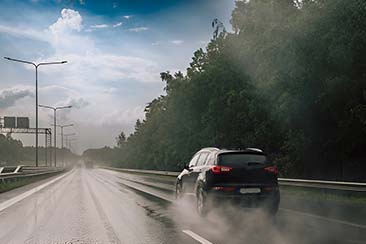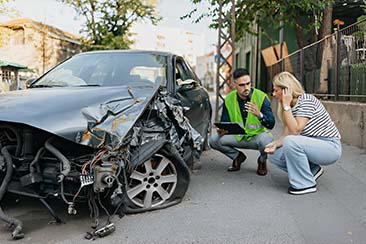If you’re not fully prepared for it, driving with an infant in the car can be a nerve-wracking and stressful experience. Whether you’re taking a quick trip or travelling for days, you need to take extra safety precautions for driving with your baby.
To ensure your little one is as safe as possible in the car, new moms need to follow these three safety tips.
1. Use the Correct Car Seat
With so many options on the market these days – like infant seats, full-sized boosters, backless boosters, convertibles, and combos – choosing the correct car seat for your baby can seem daunting.
There are three crucial factors to remember when choosing your baby’s car seat: look at the safety ratings, select the appropriate size, and make sure it fits in your car before you buy it.
Kids from birth to three years old usually require rear-facing car seats, while children from two to seven can transition to a forward-facing car seat. Some car seats can also be multifunctional – like the best car seat stroller combo. When your toddler grows too big for a forward-facing seat, they should switch to a booster seat until they are big enough for your car’s safety belt to fit across their shoulder correctly.
Making sure the car seat is installed correctly is just as important as purchasing the correct size – the seat should be installed on the back seat and secure so it doesn’t move more than one inch when pulled. Forward-facing seats are connected to a tether strap, so make sure the belt is tight enough to hold the seat and prevent any movement.

2. Feed and Change Before Leaving
While it’s tempting to look over your shoulder when your baby starts fussing, it’s best to keep your eyes firmly on the road. Because an accident can happen at any time, don’t ever feed your baby while you’re driving. Instead, make sure you change your baby’s diaper and feed them before you hit the road.
If possible, try to work trips around your baby’s nap and feeding schedule. Tired babies are more likely to fall asleep on car rides, which will reduce distractions while you need to keep your eyes on the road.
3. Make Sure You Have Access to Amenities
Although scenic stretches of road and wide open spaces can make a road trip more enjoyable, not being able to stop somewhere safe or get what you need in an emergency can leave you and your baby uncomfortable or even in trouble.
When planning your trips, try to plan your routes around plenty of amenities like gas stations, restrooms, food stalls, and service areas. Even better, plot your course and include a few stops in advance so you can take a break from driving. If you are on a long journey, aim to stop somewhere every hour to give yourself a breather and change or feed your baby.
Because traveling with an infant can be exhausting, following the above tips will help you have a hassle-free journey.
Don’t forget to pack all your essential baby gear, and be aware that unforeseen situations can arise at any time on your trip – always keep a first-aid kit and notebook of emergency numbers in your car.








